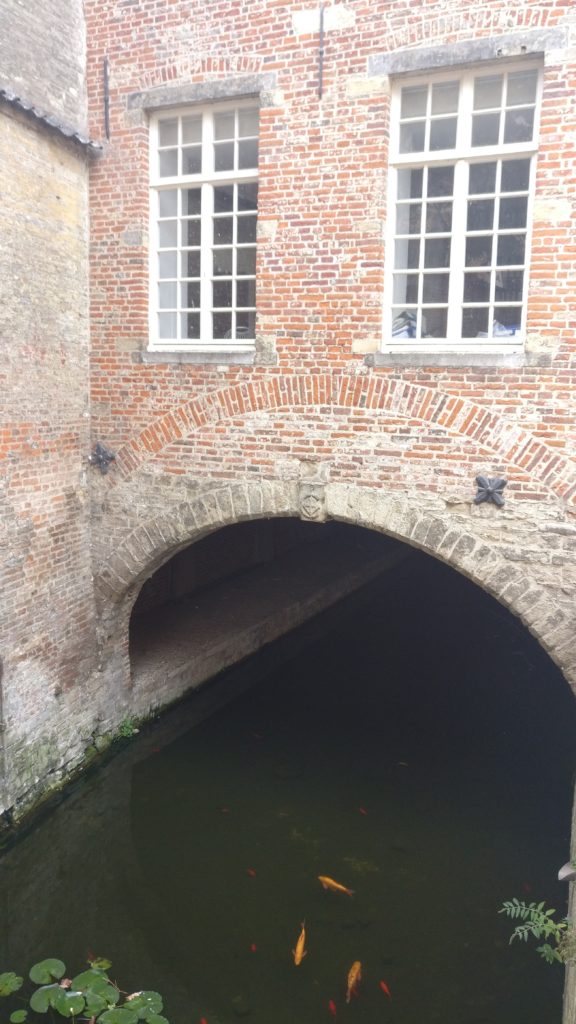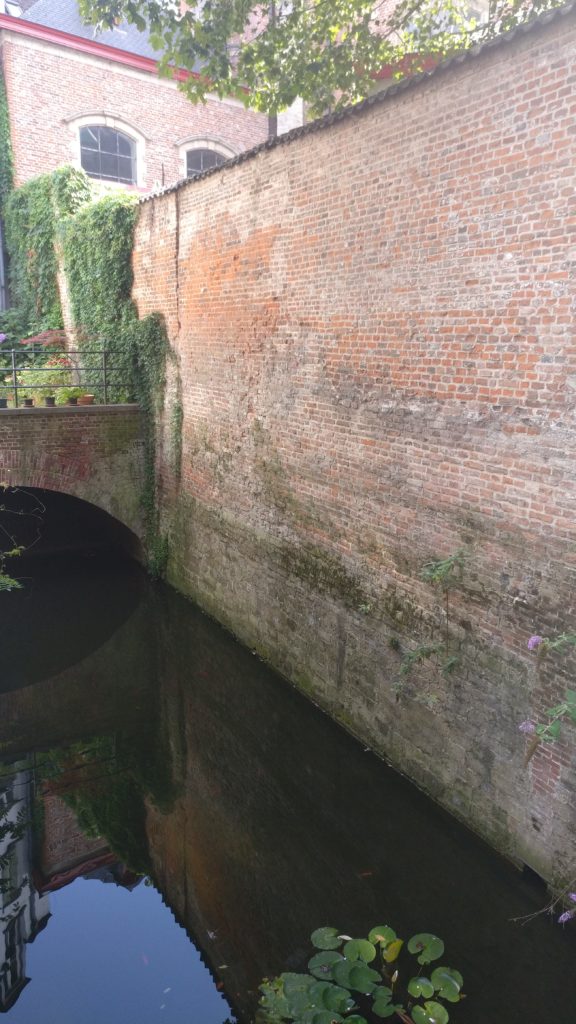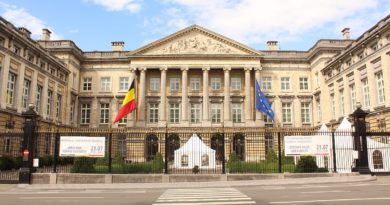Brussels Hidden Gems: See the buried River Senne and True Heart of Brussels
In the centre of Brussels, just five minutes on foot from the tourist hub that is Grand Place, lies a smaller, quieter square, with an even greater claim to be the city’s historic heart.
Between 1867 and 1871, the river Senne in Brussels was enclosed due to its unpredictable water levels and pestilence. Prior to this, branches of the Senne had meandered through Brussels for centuries, creating ‘islands’. The ‘Ile Saint Gery’ or Grande Ile, where Place Saint-Géry is today, is allegedly the site of a church built by Saint Géry in 580 AD after he killed a dragon there. Be that as it may, we do know that in this location in 979, the year considered the birthdate of Brussels, a fort and chapel were dedicated to Saint Géry by Charles de France.
Frequent flooding of this Grande Ile area led to Grand Place gradually taking over as the city centre. Finally, the 19th century engineering project to bury the river beneath grand Parisian style boulevards (Anspach, Lemonnier, Midi) meant the destruction of working-class neighbourhoods and the displacement of residents (who paid no taxes and had no vote, and therefore no say in the plans).
These days, visitors to Brussels can still appreciate vestiges of the past around Place Saint-Gery. The old ‘Halles’, used as a market until the 1970s, now host a café and various exhibitions dedicated to the heritage of Brussels and its surroundings. The pyramidal monument inside commemorates a church destroyed by the French and represents kilometre zero, from where all distances in Belgium are measured.
Meanwhile, neighbouring the Halles, is the O Lion D’Or, a refurbished neo-Gothic trading inn. Through its black courtyard gates you’ll find benches and leafy trees in an immensely instagrammable red-brick quad, a reconstructed mooring point and archways vaulting over water-lilies and goldfish in the ‘Senne’, and – possibly, if you’ve just escaped the crowds of Grand Place – your inner peace.





